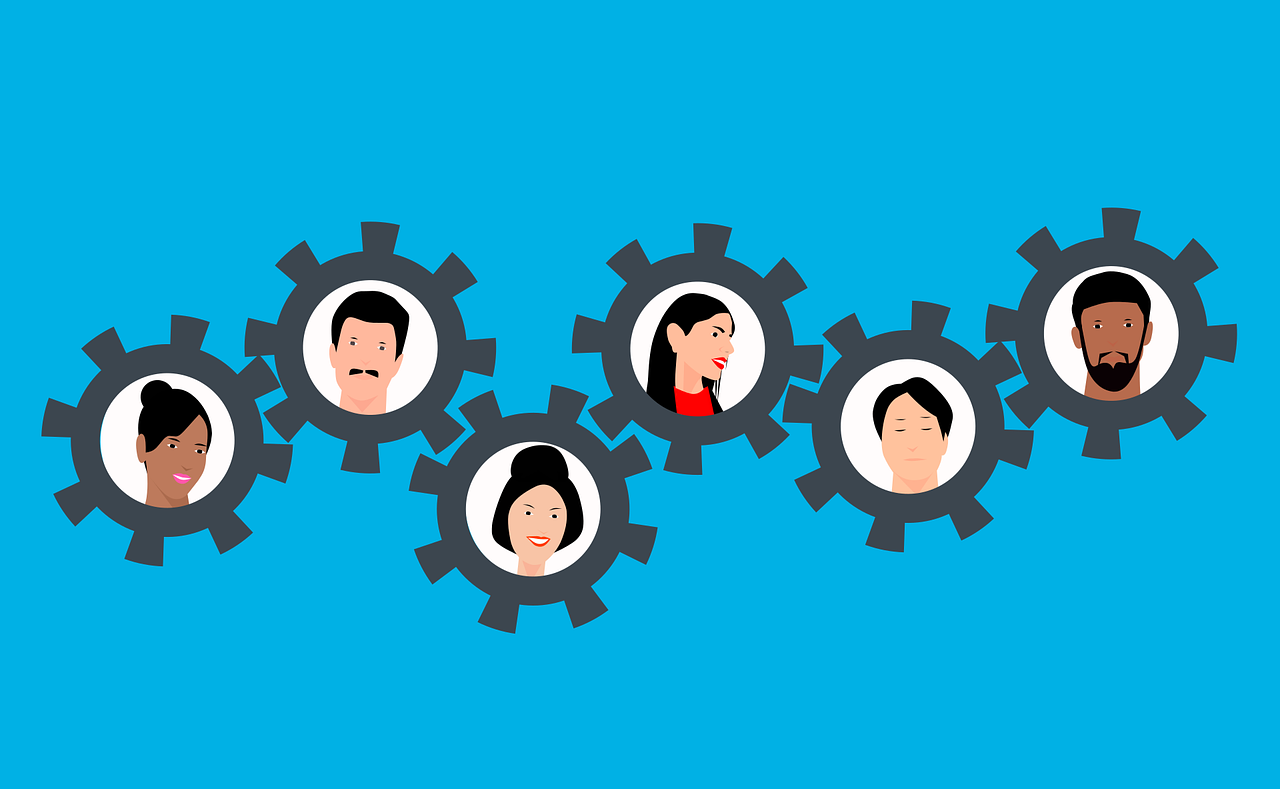
Photo courtesy of Pixabay.com/mohamed_hassan
During the pandemic, partially in response to the heightened awareness around racism brought about by the killings of George Floyd, Breonna Taylor, and other people of color, I was introduced by my colleague to the University of Michigan Inclusive Campus Collaborative. The Collaborative seeks to foster a campus climate in which all community members feel respected, valued, and empowered to engage in the life of the university.
Among the resources developed and shared by the Collaborative and its subcommittees over the years are the following two wheels, which I’ve found particularly interesting and useful in helping association staff, volunteer leaders, and/or members better understand themselves, one another, and how they can improve their interpersonal relationships:
The Personal Identity Wheel is an activity that encourages participants to reflect on how they identify outside of social identifiers. The worksheet prompts participants to list adjectives they would use to describe themselves, skills they have, favorite books, hobbies, etc. This wheel does not emphasize perception or context.
After completing the wheel and sharing a select number of items (e.g., three to five each) with the identified group (e.g., staff retreat or board orientation), the following conversation can be used to further debrief the activity:
- What is one word from your wheel that catches your attention?
- What was easiest to identify?
- What was hardest to come up with?
- What were some things people found in common with each other?
- What are some ways knowing these things about each other might help us build relationships?
- What’s one way the things you named might show up in your role within our team? Our organization?
The Social Identity Wheel is an activity that encourages participants to identify social identities and reflect on the various ways those identities become visible or more keenly felt at different times, and how those identities impact the ways others perceive or treat them.
The wheel prompts participants to fill in various social identities (such as race, gender, sex, ability disability, sexual orientation, etc.) and further categorize those identities based on which matter most in their self-perception and which matter most in others’ perception of them.
Before completing the wheel, I recommend a careful review and discussion of the social identity groups outlined on page two.
After completing the wheel, the following conversation can be used to further debrief the activity:
- Which identities do you think about most often?
- Which identities do you think about least often?
- Which of your own identities would you like to learn more about?
- Which identities have the strongest effect on how you perceive yourself?
- Which identities have the greatest effect on how others perceive you?
- Which personal identities, if any, are informed by your social identities?
- Why is it important to reflect on our identities?
- What is the value in completing activities like this?
- How might these social identities impact our team? Our organization?
Finally, I recommend that each person identifies personal commitment to action. For example, what is one action you are personally committed to as you reflect on your personal and social identities, and their relationship to your teammates and the organization? What next steps should we commit to as a team and/or organization?
If you or your team has another approach to understanding and applying personal and social identities within associations, please share with us your tips, tricks, and recommendations using the comments below or by emailing us at [email protected].


